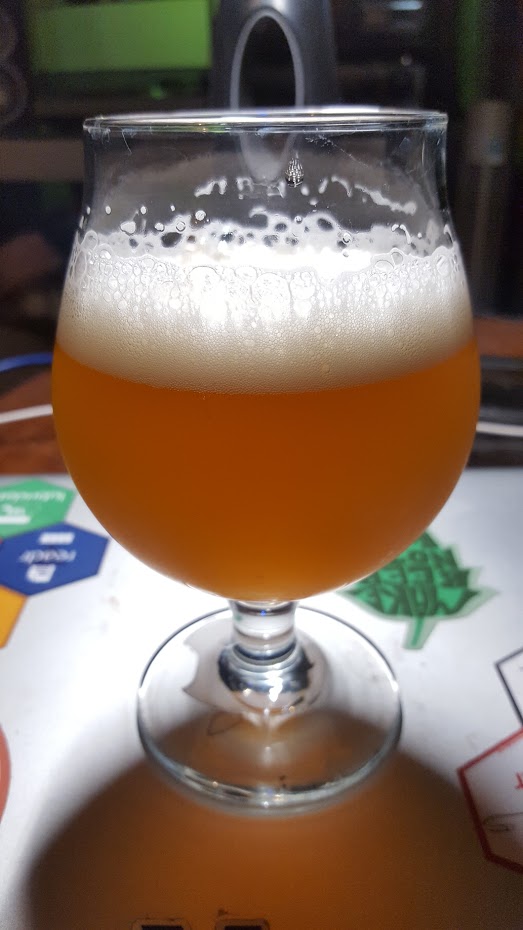rompstar
Kodiak "Home" Brewing - ClearView, WA

after brewing for over a dozen years, I made my first Wild Ale - grain bill is for a Farmhouse Ale.. So I called it a Wild Farmhouse Ale... full story is here on my blog, I was veryyyyy happy with it, one tasty beer, hella surprised how good it came out... This coming seasons, I will go on a journey to capture more yeasts from various places, flowers, fruits, the mountains, my back yard and see what variations I can pick up... Again, nothing like this I ever got from no commercial yeasts ever!
http://kodiakbrewing.com/wild-farmhouse-ale/
Fermentation was 2 weeks, I gave it an extra rest of a week, it being wild, just wanted to make sure... and only after 1 week in a bottle, it blew me away, already tasty and drinkable.
I plan to brew a few next beers using this, and see how it works over time, everything from a Brown Ale to an IPA.
Cheers!


